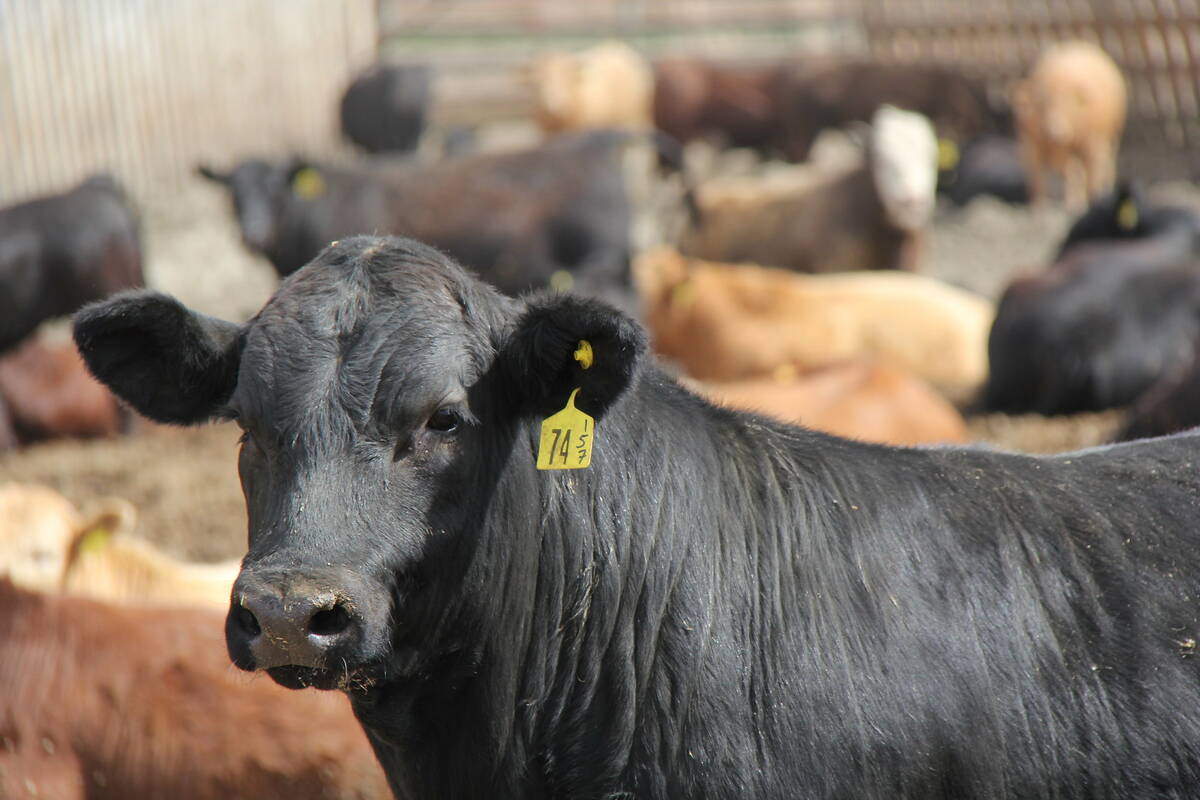MarketsFarm — The steady rise in crude oil prices is based on three factors, according to Tom Kloza, global head of energy analysis for Oil Price Information Service at Lakewood, N.J.
One of those factors is the amount of crude oil produced by members of the Organization of Petroleum Exporting Countries (OPEC), along with some other oil-producing countries such as Russia, in an alliance known as OPEC-plus.
“It’s about OPEC-plus countries either being very disciplined in not producing as much crude as they can, or producing as much as they can, but falling short of what is needed and what is targeted,” he said.
Read Also

U.S. livestock: CME cattle futures higher on year-end positioning
Chicago | Reuters – Chicago Mercantile Exchange cattle and hog futures climbed on Tuesday on position squaring between the Christmas…
The tension over a possible invasion of Ukraine by Russia is another factor driving up crude prices, as is the industry still trying to recover from the impact of the COVID-19 pandemic.
Kloza said he expects global crude oil prices to push to at least $100 per barrel, perhaps a little more (all figures US$). He noted some pump prices in California hit $4.72 per gallon on Wednesday, making for the most expensive fuel prices ever in the U.S.
“We are projecting that many states, not everyone, will see their highest [fuel] prices ever,” he stated, noting pump prices are likely increase by 50 cents per gallon over the coming months.
“It’s almost a fait accompli that we are going to get to at least $100 per barrel. The question is whether we stay there for long or do we go much higher?” Kloza posed.
However, he cautioned about the forecasts “from investment bankers and commodity houses” that would like to see crude oil increase to $125-$150/barrel. He suggested such projections could be too high.
One factor in the rise of North American prices Kloza pointed out is they are not demand-driven as demand across the continent remains below that of pre-pandemic levels.
For Canada, particularly the West, Kloza said that diesel prices are set to return to those last seen in 2008 and perhaps go higher.
“You can almost make the case that diesel prices will spike higher than gasoline prices,” he said.
Kloza said diesel is not as readily available for vehicle use as gasoline in Canada and the U.S. because of the demand from home heating and power generation.
To Kloza, the rise in fuel prices is leading to “an inflation-based recession” — a situation he said is being reported more and more in the media.
— Glen Hallick reports for MarketsFarm from Winnipeg.
















